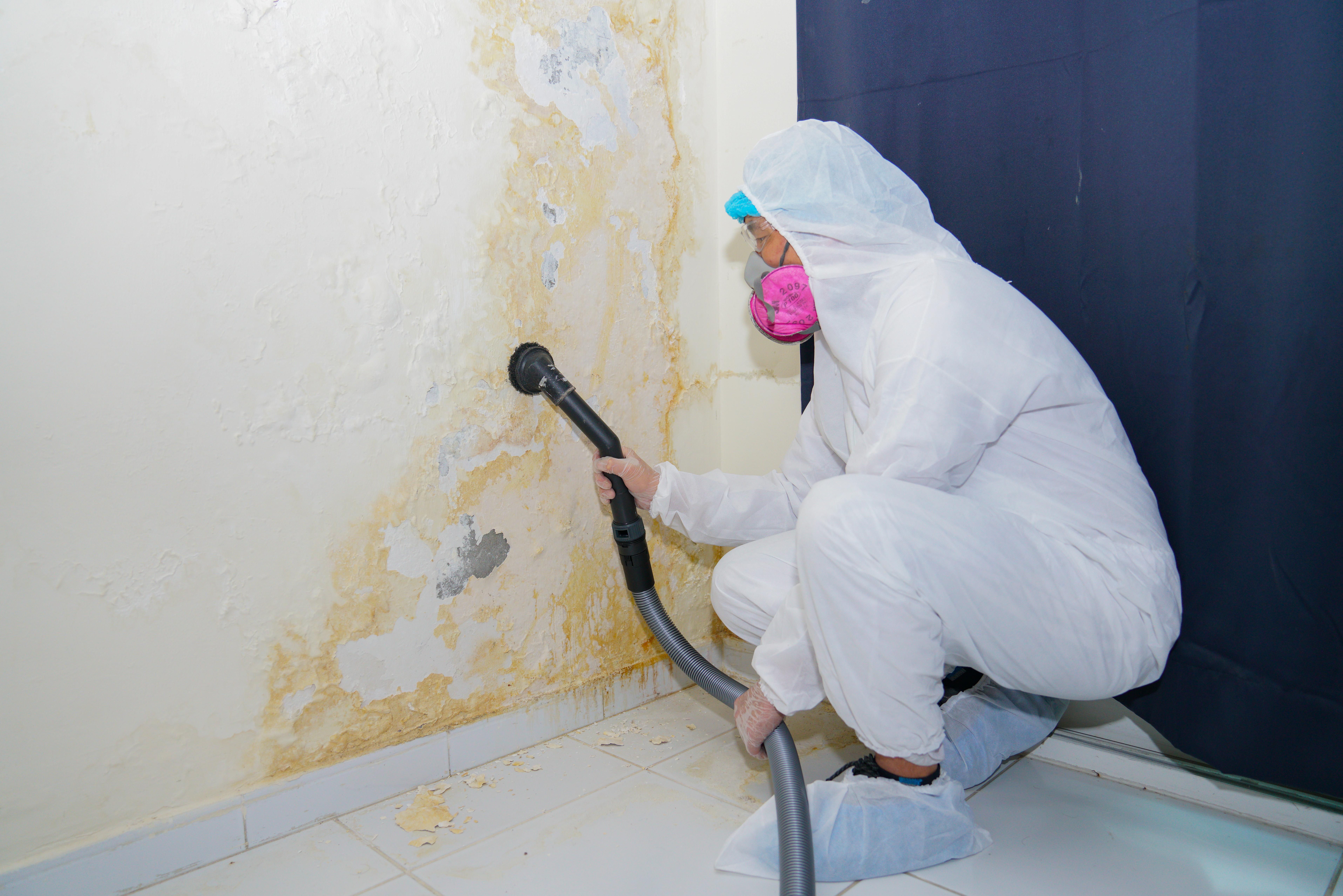Effective Article Mold Remediation Solutions for Your Home
Mold and mildew development in homes can be a consistent problem, often calling for an organized method for effective post-remediation remedies. From recognizing the factors that add to mold growth to carrying out correct cleansing strategies and wetness control measures, the process can be elaborate yet important for preserving a healthy and balanced living environment. Post remediation mold testing near me.
Understanding Mold And Mildew Development Factors
Mold development is influenced by a selection of variables that are crucial to comprehend in order to properly deal with and prevent its expansion. Understanding these elements is important in implementing successful mold remediation approaches. The primary element contributing to mold development is moisture. Mold spores require wetness to germinate and flourish, making damp or moist settings very susceptible to mold and mildew infestations. Poor ventilation can also lead to moisture accumulation, creating an ideal reproduction ground for mold and mildew.

Additionally, air flow and light exposure can affect mold and mildew growth. Locations that lack appropriate ventilation and natural light are extra prone to mold and mildew development. By attending to these aspects thoroughly, individuals can properly reduce mold and mildew development and protect their living settings.
Appropriate Mold And Mildew Cleaning Methods
Making use of reliable cleaning methods is vital in resolving and protecting against the reoccurrence of mold contamination in indoor atmospheres. The very first action in proper mold cleansing is to have the damaged location to protect against the spread of spores to unpolluted areas.

Carrying Out Dampness Control Measures
To effectively protect against mold development and contamination in indoor environments, applying wetness control measures is vital. Additionally, making certain proper ventilation in areas vulnerable to moisture accumulation, such as washrooms and kitchen areas, can aid decrease the threat of mold and mildew development. By diligently executing these dampness control steps, house owners can effectively minimize the chance of mold and mildew recontamination and preserve a healthy and balanced indoor atmosphere.
Making Use Of All-natural Remediation Solutions
After efficiently implementing dampness control steps to stop mold growth in interior settings, homeowners can currently check out the efficiency of all-natural removal solutions in preserving a healthy and balanced home. All-natural remediation remedies utilize eco-friendly approaches to combat mold and mildew and mildew, making them a prominent choice for those seeking safe alternatives. One such option is using vinegar, an all-natural antimicrobial representative, to clean and disinfect surface areas infected by mold. Simply weaken vinegar with water and spray it onto the impacted locations, enabling it to sit for a few hours before wiping clean. Additionally, tea tree oil, known for its antifungal residential or commercial properties, can be combined with water and sprayed onto mold-infested surfaces to hinder additional development. An additional all-natural choice is hydrogen peroxide, which can successfully kill mold and mildew on different surface areas without leaving hazardous residues behind. By incorporating these all-natural remediation solutions right into their cleansing regimens, house owners can successfully deal with mold growth while promoting a much healthier interior atmosphere for themselves and their family members.

Maintaining a Mold-Free Setting
In order to avoid mold and mildew recurrence and make sure a consistently mold-free atmosphere, it is essential for home owners to execute aggressive upkeep practices. Frequently inspecting areas susceptible to mold and mildew growth, such as shower rooms, kitchens, cellars, and attics, is vital. Resolving any leaks, water damages, or excess moisture quickly can significantly lower the danger of mold advancement. what to do after mold remediation. Proper air flow in locations with high moisture degrees is likewise essential to avoid mold this content and mildew development. Making use of dehumidifiers or exhaust followers can assist maintain optimal moisture degrees and prevent mold and mildew spores from prospering.
Furthermore, keeping sanitation in the home is vital for mold prevention. Keeping indoor plants in check and making sure proper drain in outside landscape design can decrease moisture accumulation, lowering the likelihood of mold infestations.
Verdict
To conclude, it is necessary to deal with mold and read mildew growth factors, utilize proper cleansing strategies, carry out moisture control procedures, utilize all-natural remediation options, and maintain a mold-free atmosphere in order to properly take care of post mold removal in your home - After mold remediation. By following these methods, you can protect against mold from reoccuring and ensure a healthy living setting for you and your family
The main variable contributing to mold growth is wetness. Mold spores call for dampness to germinate and thrive, making wet or humid settings highly vulnerable to mold problems.To effectively avoid mold development and contamination in interior settings, applying moisture control steps is vital. In addition, making certain proper ventilation in areas prone to moisture buildup, such as restrooms and cooking areas, can assist minimize the danger of mold and mildew growth.After effectively applying dampness control measures to prevent mold and mildew development in mold removal invoice interior atmospheres, home owners can currently discover the efficiency of natural removal services in maintaining a healthy living room.